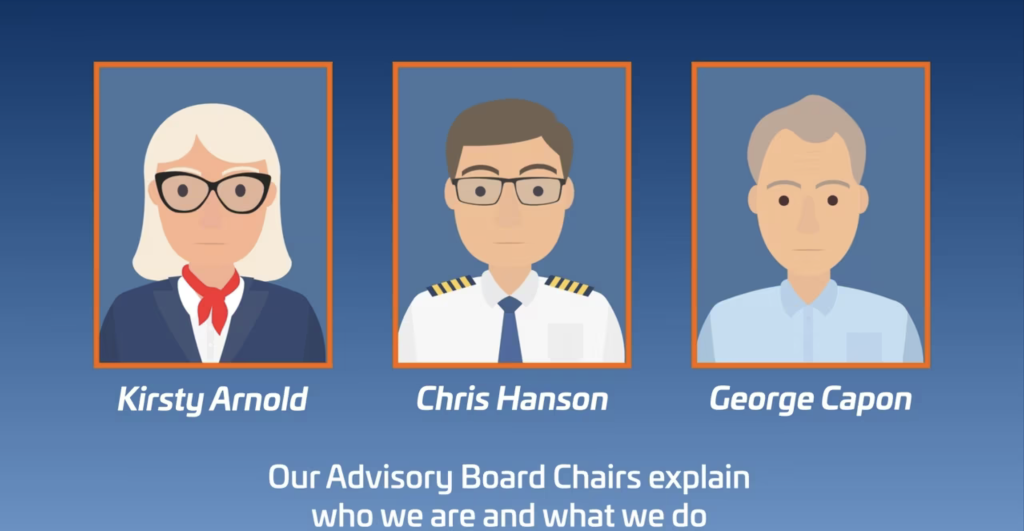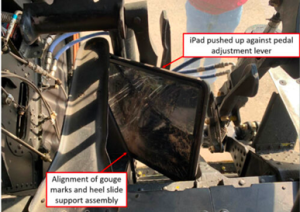Recently, Capt. Chesley “Sully” Sullenberger posted on social media the question: Are older pilots less effective in the cockpit of a modern commercial aircraft than younger pilots?
CHIRP was intrigued by this Human Factors question from Captain Sullenberger, aiming as it does at human performance limitations, and probing the pilots in his network to consider it too. Let us know your thoughts on Sully’s question. You never know, they might get published in the ’Comments on FEEDBACK’ section of a future ATFB!
An AI-based search on the topic / subject came up with the following – Note: that this is not the CHIRP view necessarily:
“Older pilots are not necessarily less effective; experience, judgement, and wisdom gained over time can outweigh minor age-related declines like slightly slower reaction times. While younger pilots might have quicker reflexes, older pilots can draw on a vast knowledge base to adapt and solve problems, with some research even showing older pilots improving traffic avoidance skills over time.
The advantages of experience include:
Wisdom and Judgment:
Longevity in the cockpit builds crucial experience and judgment, which is considered a pilot’s most important asset.
Problem-Solving:
An experienced pilot can adapt past knowledge and apply it to new or unfamiliar situations, demonstrating wisdom that training alone cannot provide.
Real-World Application:
Over a career, pilots incrementally gain experience, allowing them to handle unexpected situations with greater skill and insight.
Mitigating the risk of mid-air collision:
Research has shown that older pilots have better traffic awareness compared to younger pilots.
The disadvantages of longevity in the cockpit or the potential age-related factors include:
Reaction Time:
While reaction times may slightly decrease with age, studies suggest that the accumulated wisdom of an older pilot can compensate for this, at least until the mid-60s.
Let us know your thoughts on Sully’s question, and whether you agree with the statements above.





NATS welcomes the opportunity to respond to the report and highlight some of the areas where we feel that there are sufficient safety checks and reporting lines to assuage the fears of the reporter. Whilst we are not entirely certain of the specific procedures or projects that the reporter is concerned about, we do reemphasise that safety is paramount in the industry and as such we do not take reports like this lightly. We do have a robust reporting process with a proactive approach to risk management, and we believe that all employees are aware of this through various safety initiatives undertaken throughout the year.
From an operational point of view, at our centres we have watch-based safety reps and safety managers that can be approached independently of any reporting process in order to discuss issues and concerns, as well as an entire Centres Safety Improvement Team (CSIT) who proactively monitor the operation to identify trends or issues and lead on necessary changes. In our tower operations we also have safety teams working to ensure the ongoing success of any changes that are made. In our wider programmes and projects, we have embedded safety professionals that carry out bow-tie reviews, hazard analyses etc, leading to safety reports and risk categorisation and mitigations, that need senior management approval before a system/airspace change is deployed into the operation. I have been asked by the highest level of our Safety Management Team to pass on the offer of a direct conversation/interaction in order to share the concerns and discuss any possible changes that may be needed in their eyes. We respect the anonymity of the reporter and therefore ask that you pass on this offer. Should you receive any further comments on this issue then please pass them on straight away so that we can again provide feedback.
Reg 2017/373 requires Air Navigation Service Providers to have procedures in place to identify hazards associated to its services based on a combination of reactive, proactive and predictive methods of safety data collection. A process that ensures analysis, assessment and control of the safety risks associated with identified hazards and a process to ensure that its contribution to the risk of aircraft accidents is minimised as far as is reasonably practicable. Assured by Safety performance monitoring and measurement processes verifying the safety performance of the organisation and validating the effectiveness of the safety risk controls. Data collected via mandatory or voluntary occurrence reporting should form part of this feedback loop.